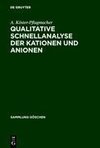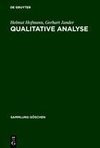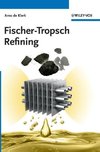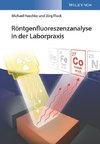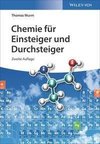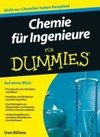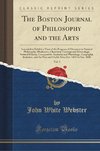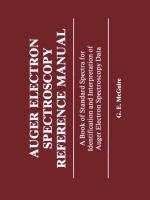
-
 Anglický jazyk
Anglický jazyk
Auger Electron Spectroscopy Reference Manual
Autor: G. McGuire
Auger electron spectroscopy (AES) is based on the Auger total secondary electron energy distribution, and an ion gun to process, which involves the core-level ionization of an atom with provide depth profiling capability. subsequent deexcitation occurring... Viac o knihe
Na objednávku, dodanie 2-4 týždne
49.49 €
bežná cena: 54.99 €
O knihe
Auger electron spectroscopy (AES) is based on the Auger total secondary electron energy distribution, and an ion gun to process, which involves the core-level ionization of an atom with provide depth profiling capability. subsequent deexcitation occurring by an outer-level electron de The high surface sensitivity of Auger spectroscopy which dictates caying to fill the core hole. The excess energy is transferred to the need for an ultrahigh-vacuum system is due to the limited and causes the ejection of another electron, which is by definition mean free path of electrons in the 0-3000 e V kinetic energy an Auger electron. The Auger electron transition, denoted by range. The Auger peaks decay exponentially with overlayer cov the electron levels involved, is independent of the excitation erage, which is consistent with an exponential dependence of source and leaves the atom with a constant kinetic energy. The escape probability on the depth of the parent atom. A compila kinetic energy is given by the differences in binding energies for tion of data from a variety of sources has been used to generate the three levels (for example, EK-E L, - EL ) minus a correction 2 an escape depth curve which falls in the range of 5-30 A in the term for the work function and electron wave function relaxation. energy range from 0 to 3000 eV. The observed escape depth does When the Auger transition occurs within a few angstroms of the not show a strong dependence on the matrix.
- Vydavateľstvo: Springer US
- Rok vydania: 2013
- Formát: Paperback
- Rozmer: 279 x 210 mm
- Jazyk: Anglický jazyk
- ISBN: 9781475717044


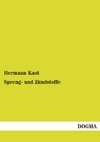
 Nemecký jazyk
Nemecký jazyk 